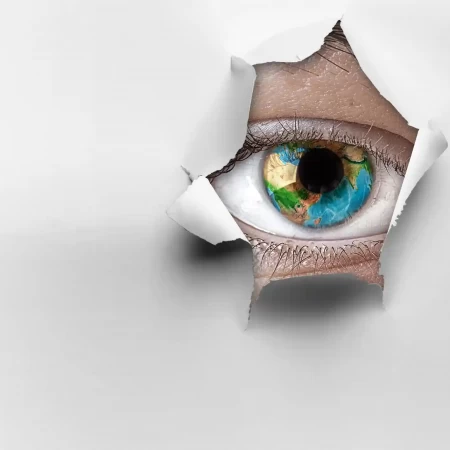

Grammar: Learners will explore the use of the verb "to have" in different contexts to talk about possession and physical characteristics. They will practice forming affirmative and negative sentences, as well as asking and answering questions using "to have." Examples: "I have blue eyes." / "She doesn’t have a mustache."
Listening: By listening to an audio recording describing three different people (a manager named Christine, a brother named Steven, and a best friend named Becky), students will improve their understanding of descriptions related to people's appearances. This exercise aims to enhance their listening comprehension skills and ability to recognize vocabulary related to physical appearances.
Speaking: Students will engage in various speaking activities, including describing pictures, discussing personal appearances, and describing others (e.g., a partner, a neighbor, a favorite actor). This will help them practice using the verb "to have" in spoken English and develop confidence in discussing appearances.
Vocabulary: The lesson will introduce and practice vocabulary related to physical appearances, such as "curly hair," "straight hair," "tall," "fit," "mustache," and "beard." Additional vocabulary includes adjectives and nouns used to describe people’s looks, accessories they might wear (e.g., "glasses," "earrings"), and colors of hair and eyes.
Homework: Students will complete tasks related to the lesson's vocabulary and grammar focus, including matching descriptions to pictures, choosing correct options to describe someone, filling in blanks with the correct form of "to have," and matching questions and answers about appearances. These activities aim to reinforce the lesson's objectives and ensure students can apply what they have learned outside of the classroom.